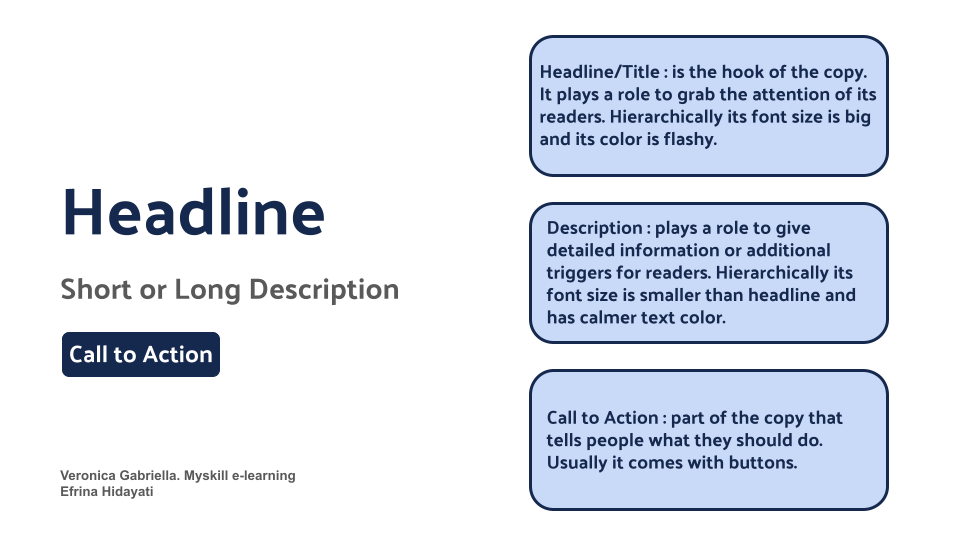For people who are not used to meditation, the idea of taking a few minutes for yourself to calm your mind and balance your inner state can sometimes seem a little unproductive. You may have come across people who practice meditation regularly and swear by its positive effects on your mind and body.
This is no surprise, though. Studies and research have repeatedly shown that meditation can help you sleep better, reduce anxiety, increase attention span, regulate appetite, and improve cognition. Despite knowing these benefits, you may still have trouble getting used to it and making it a habit.
Don’t worry, this is normal.
Although meditation is not guaranteed to work for everyone, there may be some things you are doing wrong that’s making it hard to stick to the habit. In this article, we are going to be looking at some Do’s and Don’ts of meditation to help you figure out how to meditate the right way and avoid mistakes.
Table of Contents
1. Do Go Easy on Yourself
Meditation isn’t an exam. Don’t treat it like one. In many ways, it is instead a skill that needs to be practiced to master. In other words, it comes with time and experience. If you are a beginner meditator and often have trouble adjusting yourself and controlling your thoughts when meditating, don’t beat yourself up for it.
Having racing thoughts and realizing the clutter in your mind is a part of the process. Criticizing yourself and indulging in negative self-talk will only make you not want to meditate because it exposes certain uncomfortable memories. The best way to avoid this is to be gentle with yourself and take one step at a time.
2. Don’t Force Yourself to Meditate Everyday
The mistake a lot of people make when getting into meditation is that they enter it with a lot of enthusiasm, but leave it just as quickly. Meditation isn’t something you’re supposed to power through for one week and then just give up because it was too overwhelming (or underwhelming).
If meditating every day is not viable for you, that’s perfectly fine. Not everyone has that much room in their schedule to set aside time for meditation every day. How frequently you meditate does not matter as much as the fact that you actually do it. Doing it once a week for 30 minutes can still prove to work wonders.
3. Do Use Technology
Some people have the misbelief that using technology makes meditation unnatural. That couldn’t be further from the truth. Technology is simply a tool. How you use it determines the outcome. In this case, technology can help.
For instance, the Black Lotus meditation app, one of our favorites, follows a result-oriented approach towards meditation. It is designed to be beginner-friendly and easy to adapt to. With its R.A.R.E. framework, it directs your efforts to become kinder, happier, and more mindful. In our use, it did stand up to its claim of showing perceivable positive changes within 21 days.
The best part? It is backed by behavioral science and is designed using deep research in the field of meditation. The same is made evident by the brain scans of Om Swami, the founder of Black Lotus, who showed a surprising level of stability in his prefrontal cortex.
4. Don’t Be Impatient
Meditation isn’t about achieving quick results. It’s a practice of self-reflection, calmness, and gaining control of your senses. This can be difficult since we are all so used to living in a world of instant gratification and getting what we want as fast as possible.
But the peace of mind isn’t something that can be ordered and delivered in one day. It takes time, patience, discipline, and consistency. If you’re sitting down to meditate, do it with the knowledge that the benefits may not be as obvious at the beginning.
5. Do Find a Community
Meditation is a personal journey, but it doesn’t have to be limited to that. Oftentimes, joining a community and meditating together with other people can help you be more disciplined and willing to be more consistent with your meditation practice.
Not to mention how community meditation also evokes a feeling of unity and a sense of belongingness which leads to an overall increase in your mental health. And who knows, you might end up making some new friends along the way too.
6. Don’t Stick to a Strict Procedure
Meditation is not so much about which technique you use but about how aware you are and how well you are able to detect details in the present moment. If the reason you don’t like to meditate is that you can’t tolerate sitting cross-legged in the same place following instructions from a meditation app, you’re not alone.
Complete stillness can be annoying to many and if you can’t do it, there are a lot of other ways you can meditate. For instance, you can try walking meditation, yoga, mantra meditation, sound-bath meditation, etc. Experiment with different methods and see what works the best for you.
7. Do Make Yourself Comfortable
Your mind and body need to be in alignment when meditating. This is not possible if you’re uncomfortable and constantly feel the need to adjust your position, itch, or move. To practice meditation the right way, first find a quiet place that is free from distractions and noise.
Then, choose a position that is the most comfortable for you. Don’t worry about the “accuracy” of your posture. As long as it’s comfortable and is helping you focus, the position you choose is serving its purpose. Worrying about how good you look from the outside defeats the whole purpose of meditation.
8. Don’t Feel Obligated to Meditate
A lot of people carry this feeling of obligation when they get into meditation. Not to point out any fingers, but a lot of the time, this is due to FOMO (fear of missing out) from those picture-perfect social media posts.
Although meditation is easier done with a community, it should never feel as if you’re having to do it out of social pressure or any other external force. You should always want to do it willingly. Putting yourself in a condition that you didn’t choose is never a good place to start your meditation journey.
Thank you for reading this article. We hope you found it helpful and inspiring. With these do’s and don’ts in mind, you can be sure to meditate the right way and avoid beginner mistakes.












